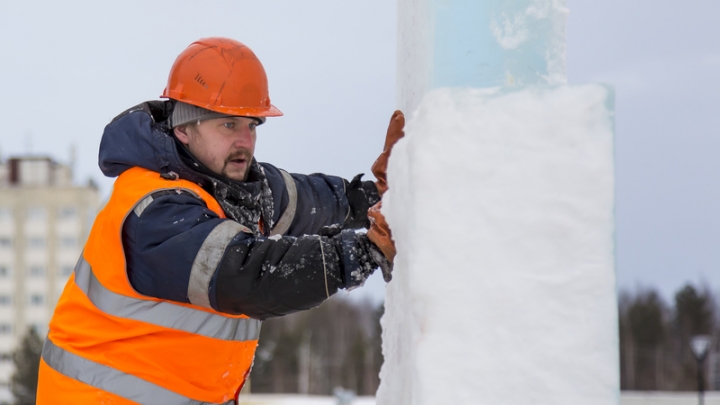(RxWiki News) It's wintertime again — when temperatures take a dive. But don't let your health take a dive, too.
Frigid temperatures can be dangerous without the proper precautions. The colder it gets outside, the more energy your body needs to remain warm. And if your occupation requires you to work outdoors, you may face a greater risk for certain cold-related problems, such as hypothermia (low body temperature) and frostbite (freezing of the skin).
Another cold-weather injury is trench foot. This can happen when your feet are wet and cold for too long. Trench foot can actually happen in temperatures as high as 60 degrees Fahrenheit if your feet are constantly wet. This because wet feet lose heat 25 times faster than dry feet.
Symptoms of hypothermia include uncontrollable shivering, loss of coordination, confusion, slurred speech, slowed heart rate or breathing and unconsciousness. Frostbite often affects the fingers, toes, nose, ears, cheeks and chin. Symptoms of frostbite include reddened skin and developing gray or white patches as well as numbness, tingling or stinging. Symptoms of trench foot include blisters, leg cramps, numbness, reddening skin, swelling and tingling.
If you are working in cold weather, the best thing you can do is be prepared. Wear warm clothing and limit your time outdoors.
Wear Warm Clothes
1) Wear several layers of loose clothing; layering provides better insulation. Avoid wearing tight-fitting clothing. Avoid cotton, because it cannot provide insulation when it becomes wet. Instead, opt for the following:
- Opt for wool, silk or synthetic for the inner layer. This helps keep moisture away from the body.
- Choose wool or synthetic for the middle layer. This will provide the insulation your body needs even when wet.
- For the outer layer, choose one that protects against wind and rain. This will allow some ventilation and prevent your body from overheating.
2) Wear insulated gloves to protect your hands. You may need some gloves that are water-resistant.
3) Wear a hat and/or hood to protect your head. Make sure it covers your ears.
4) Opt for a knit mask to cover the face and mouth (if needed).
5) Wear insulated and waterproof shoes that have good traction.
Finally, make sure your clothing will not restrict your movement or block your eyesight.
Limit Your Time Outside
It does not have to be extremely cold for you to experience cold-related illnesses or injuries. These kinds of problems can occur when it is as warm as 60° F. With that in mind, try the following tips to keep yourself safe:
1) Take breaks where it is warm and dry, such as inside a vehicle or another sheltered or heated area.
2) If possible, try to schedule heavy outdoor work for the warmest part of the day.
Other Things You Can Do
1) Know the signs and symptoms of cold-related problems like hypothermia, frostbite and trench foot.
2) Monitor yourself and coworkers while working outdoors. The buddy system can help you monitor each other for signs and symptoms of cold-related problems.
3) Immediately take action if you start to see signs or symptoms of cold-related problems.
4) Drink warm, sweetened fluids like sports drinks and sugar water. These types of drinks can help prevent dehydration.
5) Avoid alcohol and drinks with caffeine, such as coffee, soda and tea. Caffeine and alcohol can cause your body to lose heat.
6) Keep an extra set of clothing with you, including underclothes, in case you get wet and need to change.
You may face a higher risk of cold-related problems if you take certain medications or have certain conditions, such as diabetes, high blood pressure or heart disease. Discuss your risk with your doctor.








